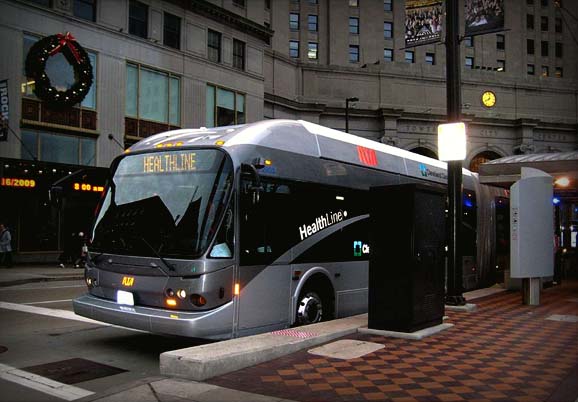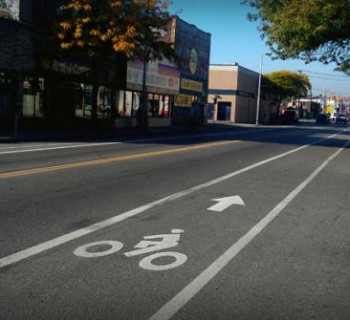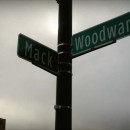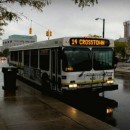DETROIT—As Detroit prepares to break ground on M-1 rail and the Regional Transit Authority embarks on a $6.5-million dollar federal grant to study rapid transit options along major regional corridors including Woodward, Gratiot, M-59, and Michigan Avenue between Detroit Metro Airport and Ann Arbor, it appears the region is getting serious about rapid transit development.
Whether and how quickly that development occurs will depend on the willingness of voters across southeast Michigan, from downtown Detroit to the rural hinterlands of Oakland and Macomb counties, to approve a regional millage to support development and operation of regional transit. The RTA has the authority, by unanimous vote, to place such a millage on the ballot.
When considering whether to support regional transit with a tax, voters will want to know more about the potential impacts of rapid transit in their communities, and how they will benefit personally.
Some indication of that can be found in new report released in September by the Institute for Transportation & Development Policy, a global transit development policy group based in New York City. The report is the first to systematically quantify and compare the transit-oriented development impacts of both Bus Rapid Transit and Light Rail Transit in the United States.
An analysis of 21 U.S. corridors revealed that both types of transit leveraged a great deal of transit-oriented economic development, but because BRT costs so much less, the return on investment in terms of economic development is far greater. Cleveland’s HealthLine BRT leveraged $5.8 billion in TOD investment while Portland’s MAX Blue Line LRT generated a comparable $6.6 billion. But because the HealthLine LRT cost so much less, Cleveland’s ROI was 31 times that of Portland’s, according to the study.
Land market strength around the corridor is also a predictor of success, according to the study.
“If you are trying to stimulate development, you should start with a corridor already in the strongest land market in your region,” says Annie Weinstein, one of the authors of the report. “In a city like Detroit, you want to start in an area with the most economic activity, and plan a transit line where you already have some transit ridership.”
The study also showed that the degree of government support for transit-oriented development is the greatest predictor of its success. “More important than where or what type of transit you build is how much the government gets behind the idea of developing around that transit corridor,” says Weinstein.
Weinstein compares the level of government support for BRT lines in Cleveland and Ottawa. In Cleveland, city government contributed additional infrastructure, tax incentives, funded a marketing strategy, and actively collaborated with institutional and development partners. The federal and state governments and private foundations also supported the project financially. In Ottawa, government support for the Ottawa Transitway BRT was limited largely to administrative functions like zoning and parking changes. The end result: a $1.71 TOD investment per dollar of transit investment development, compared with $114.54 in Cleveland.
It remains to be seen how much the City of Detroit, given its precarious financial condition, will be able to support TOD. But the announcement of a $30.25 million Woodward Corridor Investment Fund last month, which sets up a fixed-rate, single source of loan capital that can expedite projects targeting housing development, provides an indication of support from the private sector.
And transit-oriented development presents a unique and timely opportunity for the City of Detroit, according to Chris Leingberger, a private real estate consultant, Brookings Institution fellow and University of Michigan urban planning professor who has written extensively about the benefits and pent-up demand for walkable urban residential real estate.
“M-1 Rail is the most important infrastructure investment in southeast Michigan in this century,” Leinberger told NextCity in July. “This will put a fiscal base under the City of Detroit.”










